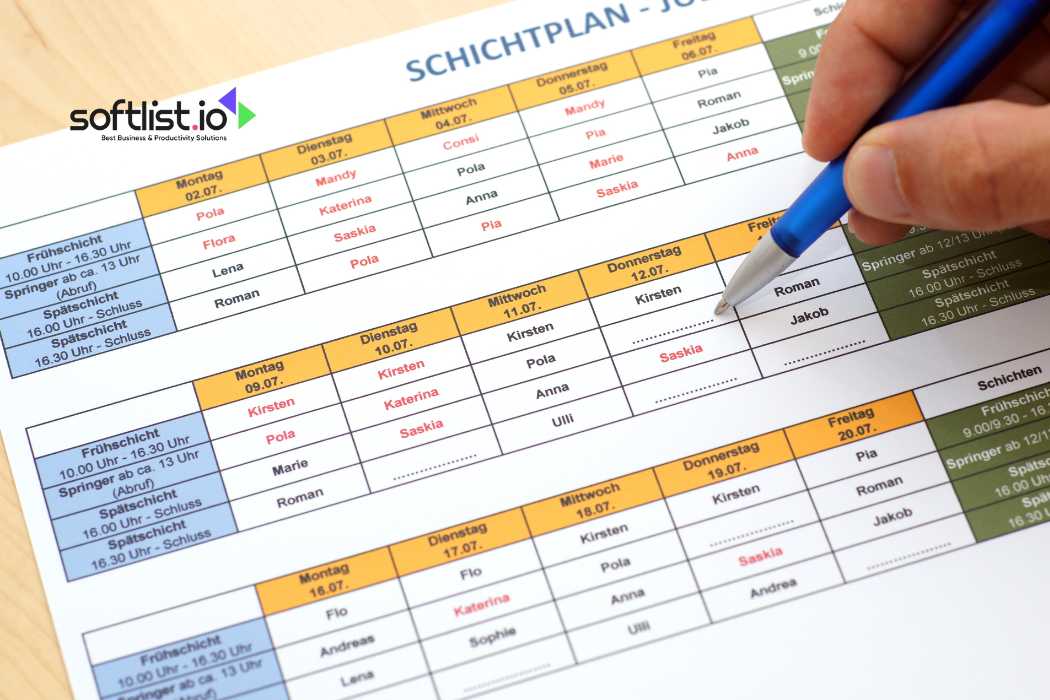In today’s joint workplace, it’s important to know how to handle group plans well. It is easier to set up meetings on more than one date at the same time with group organizing tools. This way, everyone is on the same page.
This article talks about the best group scheduling tools on the market, focusing on their main features and how they can make it easier to set up events for business meetings, classes, or social get-togethers, ensuring that you get the most done and have the fewest schedule conflicts possible. Let’s hop in!
What Is a Group Scheduling Tool?

Source: Canva
Group scheduling tools are software solutions designed to facilitate the organization and coordination of meetings among multiple participants. These tools streamline the process of finding agreeable meeting times without the endless back-and-forth communication often associated with group scheduling.
Core Functions of Group Scheduling Tools
- Meeting Polls: Allows organizers to send out a poll to invitees to vote on preferred meeting times, enhancing collaboration and ensuring higher attendance.
- Calendar Integration: Syncs with popular calendar apps like Google Calendar, allowing participants to view and schedule group meetings directly from their personal calendars.
- Automated Booking: Provides tools to automatically book meetings based on poll results or predefined availability, reducing the administrative burden on all parties.
Features of the Top Group Scheduling Tools

Source: Canva
- Calendly: Known for its user-friendly interface and powerful automation features, Calendly supports one-on-one, round-robin, and collective availability meetings, making it one of the best group scheduling tools available.
- Doodle offers a straightforward poll-based scheduling system that is ideal for deciding on meeting times with large groups. It includes options for anonymous voting, adding a further layer of privacy for participants.

